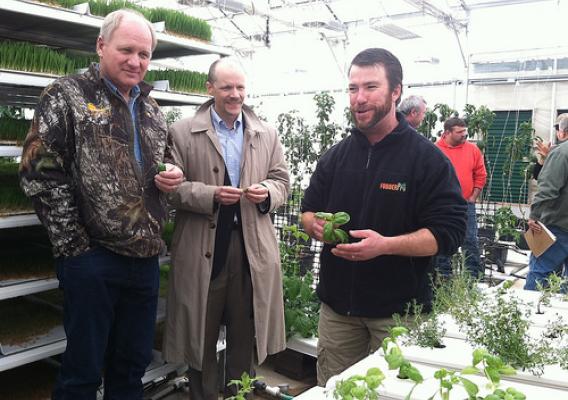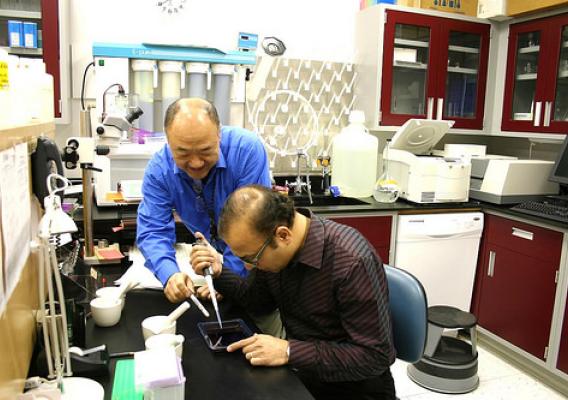When President Obama signed the Food Farm and Jobs Act on February 7th he directed his Administration, working through the White House Rural Council, to lead a new “Made in Rural America” export and investment initiative. Specifically, the President has instructed his Rural Council – in coordination with the U.S. Department of Agriculture, the U.S. Department of Commerce, the Small Business Administration, the Export-Import Bank, the Office of the United States Trade Representative, and other agencies – to commit to connecting more rural businesses of all types to export information and assistance.
One example of what USDA will do in support of the Made In Rural America export and investment initiative is host training sessions to equip local USDA Rural Development staff in all 50 states plus territories with the tools they need to counsel businesses on export opportunities and resources. The Department of Commerce, through the Trade Promotion Coordinating Committee, will cross-train USDA Rural Development staff so they can better deliver support or refer rural businesses to federal services.
The blog below, cross-posted from the White House Rural Council blog, highlights the impact that the Made In Rural America Initiative will have with our partners at the Appalachian Regional Commission.



